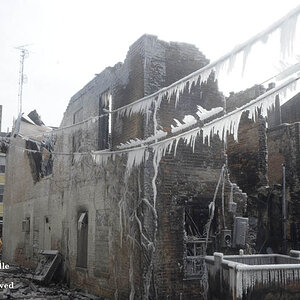stephen budd
TPF Noob!
- Joined
- Mar 7, 2019
- Messages
- 8
- Reaction score
- 0
- Can others edit my Photos
- Photos NOT OK to edit
Hi all members just got a om1 all ok but the mirror needs replacing dos any one know were to get a used or precut mirror. also has anyone removed the mirror or any web videos on removing the mirror would be very helpful kind regards steve



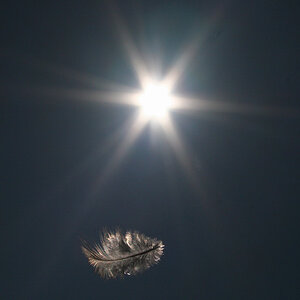
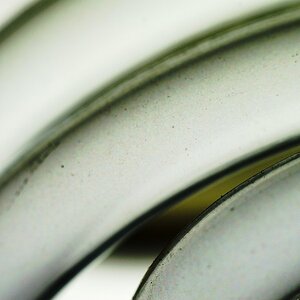
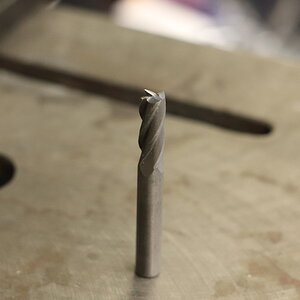
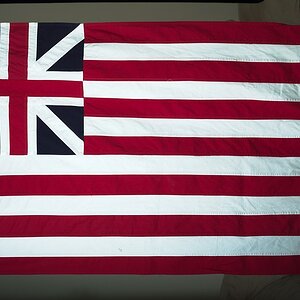
![[No title]](/data/xfmg/thumbnail/31/31748-63241c520f250328a5ec32959b8f53d0.jpg?1619734989)
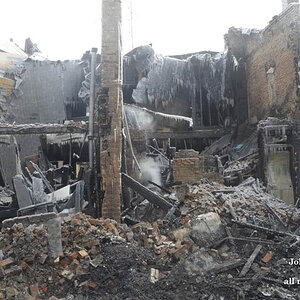

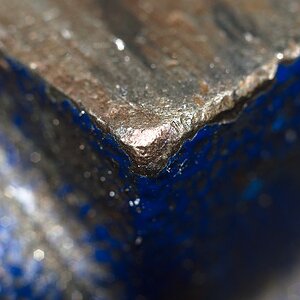
![[No title]](/data/xfmg/thumbnail/31/31092-7ba73f844ad8efedd3d5fd94799a866d.jpg?1619734609)
![[No title]](/data/xfmg/thumbnail/39/39480-e4e26ffe5c6148262ac81eff975a5c0e.jpg?1619739047)
